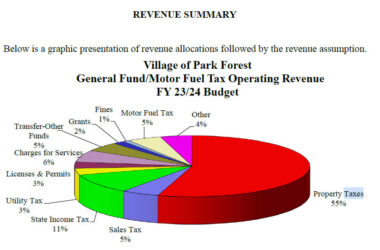
Kourou, French Guiana-(ENEWSPF)- Taking advantage of the spin of the earth close to the equator to give an extra push, the James Webb Space Telescope is set to launch from Kourou, French Guiana, on December 22. Liftoff is currently scheduled for 7:20 AM EST. Above technicians are gift-wrapping the rocket that will be used to propel the James Webb telescope into space.
The James Webb Space Telescope will be launched on an Ariane 5 rocket. The launch vehicle is part of the European contribution to the mission. The Ariane 5 is one of the world’s most reliable launch vehicles capable of delivering Webb to its destination in space. The European Space Agency (ESA) has agreed to provide an Ariane 5 launcher and associated launch services to NASA for Webb. The Ariane 5’s record for successful consecutive launches is 80 (as of June 28, 2017).
Webb will be launched from Arianespace’s ELA-3 launch complex at European Spaceport located near Kourou, French Guiana. It is beneficial for launch sites to be located near the equator – the spin of the Earth can help give an additional push. The surface of the Earth at the equator is moving at 1670 km/hr.

The Launch Segment has 3 primary components:
1. Launch Vehicle: an Ariane 5 with the cryogenic upper stage. It will be provided in the single launch configuration, with a long payload fairing providing a maximum 4.57 meter static diameter and useable length of 16.19 meters.
2. Payload Adapter, comprising the Cone 3936 plus ACU 2624 lower cylinder and clamp-band, which provides the separating mechanical and electrical interface between the Webb Observatory and the Launch Vehicle.
3. Launch campaign preparation and launch campaign. The launch campaign preparation and launch campaign is the mutual responsibility of NASA, ESA, NGAS, and Arianespace.
After launch, the telescope will deploy on its 30-day, million-mile journey out to the second Lagrange point (L2). This video shows the deployment procedure, timeline, and location of the satellite during deployment. More about the telescope’s final orbit around L2.
Much text for this article was taken from: https://www.jwst.nasa.gov/content/about/launch.html








